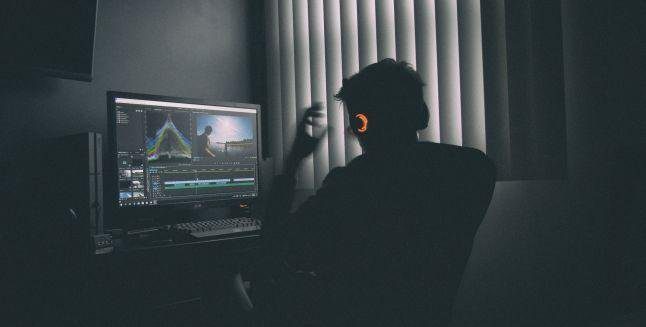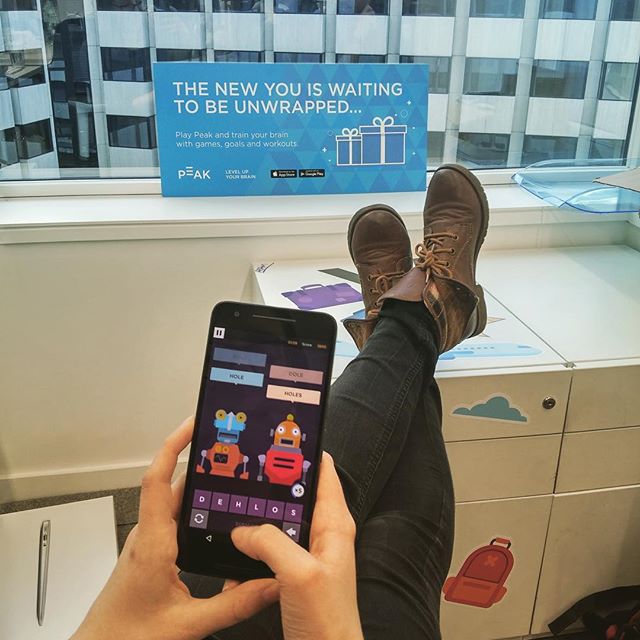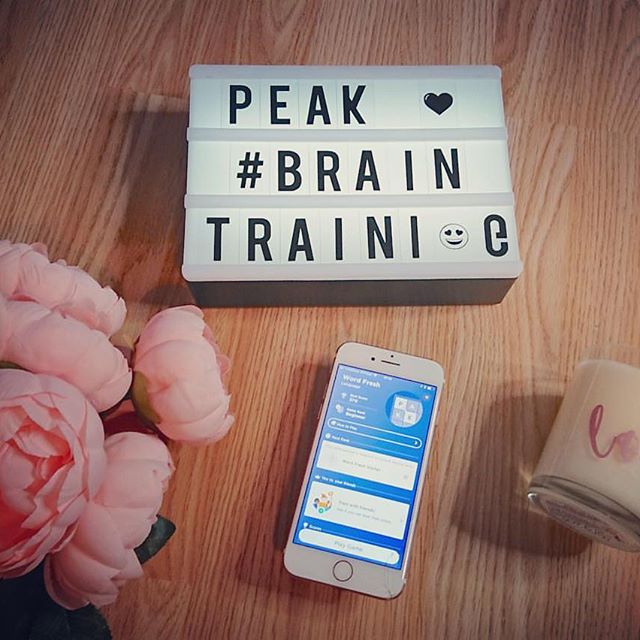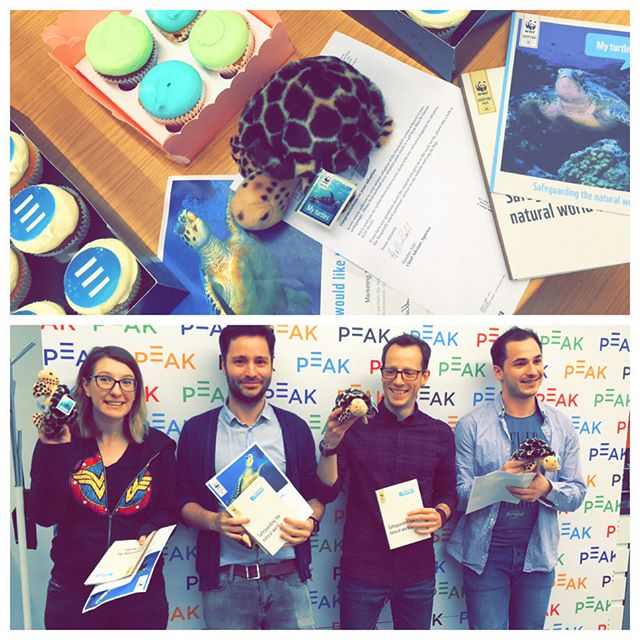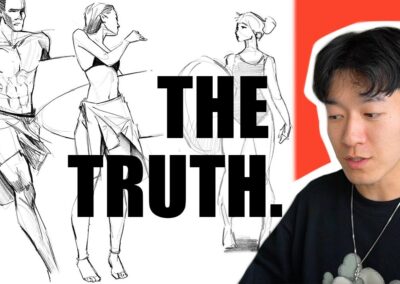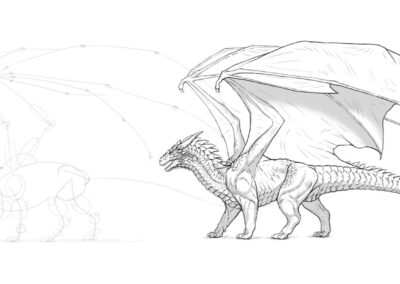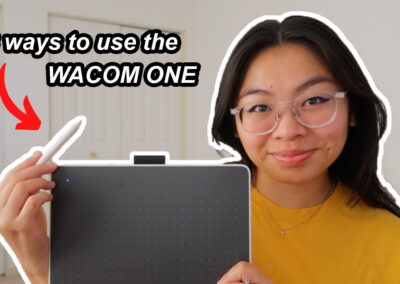When you’re fresh out of school it can be challenging to get your foot in the door of a company that can help you grow your creative career. Hervé Piton, veteran artist and Head of Games at London-based Peak Labs, has written a helpful article based on his recent experiences that may help you to land your own dream job.
In his fifteen-year career as art director and Head of Games, Hervé has hired many 2D and 3D artists, and recently had an opening for a junior artist position on his team. As he was looking through the enormous number of applications, he noticed a pattern of oversights that many of the applicants had made which made it difficult to promote their applications to the next stage of hiring.
Hervé decided to write an article that would offer the advice that he himself would have liked to receive when he was just starting out as a junior artist, and published it on Gamasutra. Here’s a synopsis of his advice:
PORTFOLIO
1) Make finding your portfolio easy
Your portfolio is by far the most important part of your application; the thing the company will check out first because it’s the fastest way to assess if you’re qualified for the job. In my recent hiring experience however, it seemed like a good 5 -10% of applicants didn’t provide an easy way to actually see any of their work. Without a portfolio there’s a good chance your application will be rejected right away.
2) Show game-related art
If you want to work on games, show how your skills can be applied to games in a very concrete way. Present art that relates to the work that the company might ask you to do once you’re in: characters, menus or even mockups for imaginary games, similar to what you would see on the screenshots in the App Store or on Steam. Game Jams can be a fun way to enrich your portfolio with such material.
3) Ensure your portfolio is deep enough and wide enough
Graduates often have a wide portfolio (different styles or types of work), but the company will also want it to be deep, so make sure to include several examples in the same style. It’s hard to judge somebody’s skill and consistency on a single asset; instead, provide them with a small set of items or characters in the same style, as if it was produced for a game. Similarly, if your portfolio only contains the few projects you were required to do during your studies, you’re going to be at a disadvantage against other applicants who can also present personal projects that are often more valuable to assess the skills of an applicant.
4) Show (mostly) finished artwork
You want to show you can manage the creative process from start to finish, so show primarily completed art pieces that look like they are ready to be used in the production of a game. Too many unfinished pieces in your portfolio may make you look like you lack focus or give up easily.
5) Organize your artwork
Present your strongest images first. What ‘strongest’ means might change depending on the position or the company you’re applying to. Chronological order is often not ideal, and that’s why having your portfolio on Facebook or Instagram is not recommended. If you have multiple skills, split your portfolio into different sections, like 2D, 3D or UI so the company can focus on exactly what they are after.
6) Keep your portfolio up-to-date
If all your work is marked as being from a few years ago, the company is going to wonder what you’ve been doing lately. To avoid this. you might even consider not adding dates on your images so that they look evergreen.
7) Use tests from unsuccessful applications with moderation
Be wary of using tests you’ve done for other companies in your portfolio. If they’re recognizable (some studios ask for the exact same test for years), it’s also a way of saying “I was turned down by those guys” which might make the company you’re applying at reconsider.
8) A portfolio is for professional work only
Your portfolio should contain professional work only. It shouldn’t be an Instagram account where your artwork is mixed up with selfies and photos from your holidays. Similarly, be wary of applying with any art that could be considered NSFW as that might not always be well received.
COVER LETTER
9) Explain your situation briefly
A cover letter explaining your situation is good, especially if your profile is unusual for the job, but keep it short, a few lines is usually enough. Without one, the company might be left wondering what position exactly you’re applying for, whether you’re willing to relocate, etc. It’s also helpful to know what motivated you to apply to the position in the first place, as long as you’re relatively honest. Excessive flattery is easy to spot and often frowned upon.
10) Visa matters are important
If you’re foreign-based, but are entitled to work in the country you’re applying to, mention it. It’s often a big deal for the company as they might not be able to offer visas for junior positions. Sponsoring a visa takes time and money, two things that are scarce at many small studios. If you have a passport from a different country than the one you currently live in, or have several passports, mention it upfront.
RESUME
11) Keep it short
For a junior position, your resume should fit on a single page. There’s no need to detail your past work experiences if they don’t have a clear connection with game development. You can always talk about this at the interview stage if needed.
12) Include a clickable link to your portfolio
Make it easy for the company to find your portfolio by including a link on your PDF resume and make sure it’s clickable – or at the very least selectable. Nobody wants to have to type a long URL in the browser address bar when they have many applications to go through.
13) Legibility first
Fancy-looking resumes are cool but they should still be easy to read. If in doubt, better play it safe, you won’t get turned down for having a standard-looking resume. Correct grammar and punctuation never hurt either, so ask someone to double-check your resume if you’re not sure!
14) Do as the Romans
If you apply to a job abroad, do some research of what is expected to be on your resume (or not expected to be on it) in that specific country, as it varies a lot. In some countries including a photo of yourself on your resume is normal, in some others it’s very unusual.
15) Translate if needed
If you’re from a non-English-speaking country, applying to a company abroad with a resume that has not been fully translated into English or the local language doesn’t show a great deal of motivation for relocating.
SKILLS
16) Your degree and your software knowledge are less important than you think
Talent and skill take time to acquire, learning a new tool not so much. If you’re a good fit, nobody in their right mind is going to turn you down because you use SAI instead of Photoshop, especially at a small company.
17) Be versatile but find your own niche
If you’re applying to a small studio, show that you can do anything relating to game art competently (not just concept art, but also 3D assets, sprites, full game mockups with UI, logos, etc.) If you’re applying at a big studio, show you’re extremely talented at a specific skill (ideally the one the job is about!) but also competent at other tasks.
18) Be a good artist first, a gamer second
Being passionate about games is a plus for working in the games industry, but that’s not what you’ll get paid for. Don’t let your passion as a gamer get in the way of becoming a talented professional. You probably won’t always have the chance to work on the exact type of games you love playing, but don’t let that impact the quality of your output. Instead, find a part of the job you can be passionate about even if you’re not the target for the end product. You might dislike racing games but you could still enjoy working on one.
DO YOUR HOMEWORK
19) Pick your targets carefully
Read the job ad carefully, research the company and apply only if you honestly consider you’re a good match. Look at your portfolio – does it objectively look like the kind of art the company you’re applying to would make a game with? Ask a good friend with knowledge of the industry to give you his honest opinion if needed. Competition in the field is high so you won’t get hired by default. Avoid the scattergun approach and be a sniper instead, carefully crafting applications for positions you really care about.
20) Style matters
Research the company you are applying to and if possible, include some art in the style of their games in your portfolio. If a company only produces cute games and you apply with a portfolio full of ultra-detailed monsters, it might not be the best approach. Maybe you can also do cute art, but if it’s not in your portfolio the company will assume you don’t enjoy doing it. Similarly, if you’re a 3D artist who applies for a 2D position (or vice versa), you can be pretty sure you won’t be considered as the aptitudes required are quite different. If your style or skills are very specific, target companies that already make use of those.
About Peak Labs
Peak Labs was founded by entrepreneurs from Google, Amazon, Playfish/EA in 2013, and in 2015 raised $10 million in VC funding, in part from Spotify-backers Creandum. Their award-winning app, Peak — Brain Training, has been downloaded over 30 million times and has been recognized by both Apple and Google as the best of its kind.
Today, Peak continues to innovate in this space, and use a combination of technology, gaming and the latest scientific research to challenge users and to help them achieve more.
Learn more about their Brain Training app:
About Hervé Piton
Hervé has been a user of the various iterations of Wacom Intuos Pro for the last 16 years. In his current role at Peak Labs, Hervé is responsible for overseeing the development of more than 50+ released games in their brain training mobile app. He is currently working with a small team on several new standalone mobile puzzle games. Hervé is also the author of a book of 500 brain teasers: Entraînez votre cerveau avec Peak, published by Hachette.


